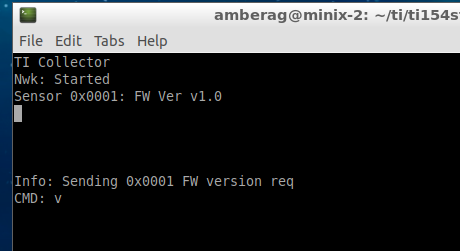Other Parts Discussed in Thread: CC1310, UNIFLASH
As per the example shown here for setting up and testing the over-the-air provided by the TI-SDK, one needs a beagleboard acting as the gateway to push the firmware image to the device.
Since I do not have the beageboard, is it possible to have the following configuration in order to get the OTA test up and running?
Simplelink App on the smartphone -> CC13x2 running DMM protocol example -> CC1310 running sensor node example in sub-GHz.
The idea is that the OTA image will be pushed via the smartphone app to the CC13x2 executing the DMM protocol (BLE + Sub-GHz) which will download the firmware and then send it over to the sub-GHz band to the CC1310 also running sub-GHz band. The target device that we want to OTA is the CC1310 acting as a sensor node device. An external flash on the CC1310 LP will be used to save and reboot the latest image.
Does TI SDK provide any examples as such?
Any directions will be very helpful to get up and running with familiarizing the OTA framework.
Thanks








